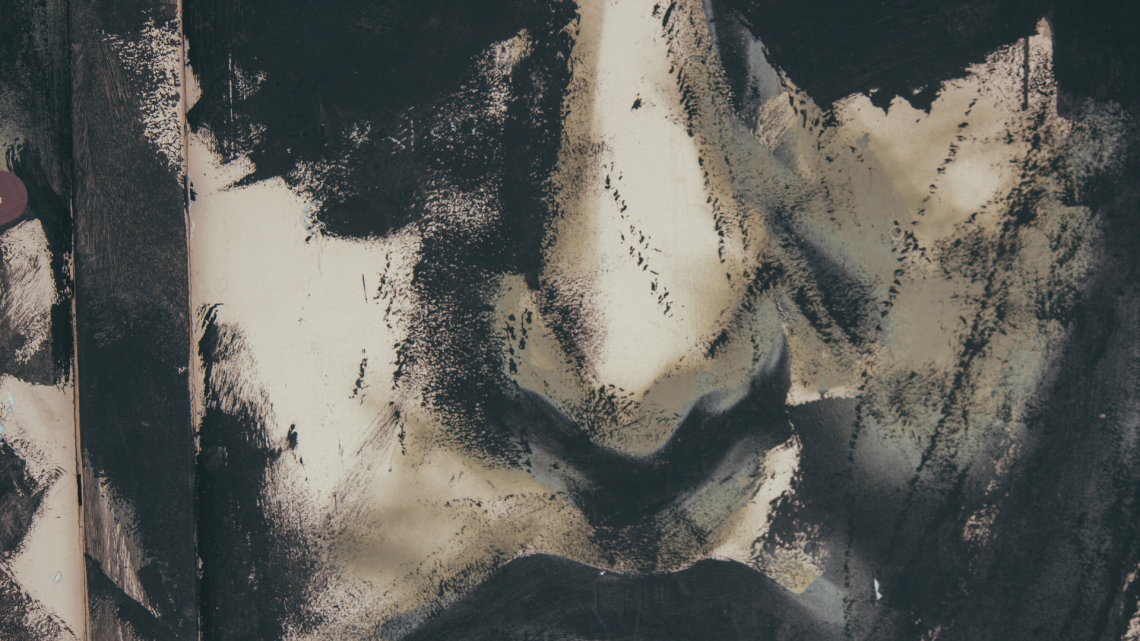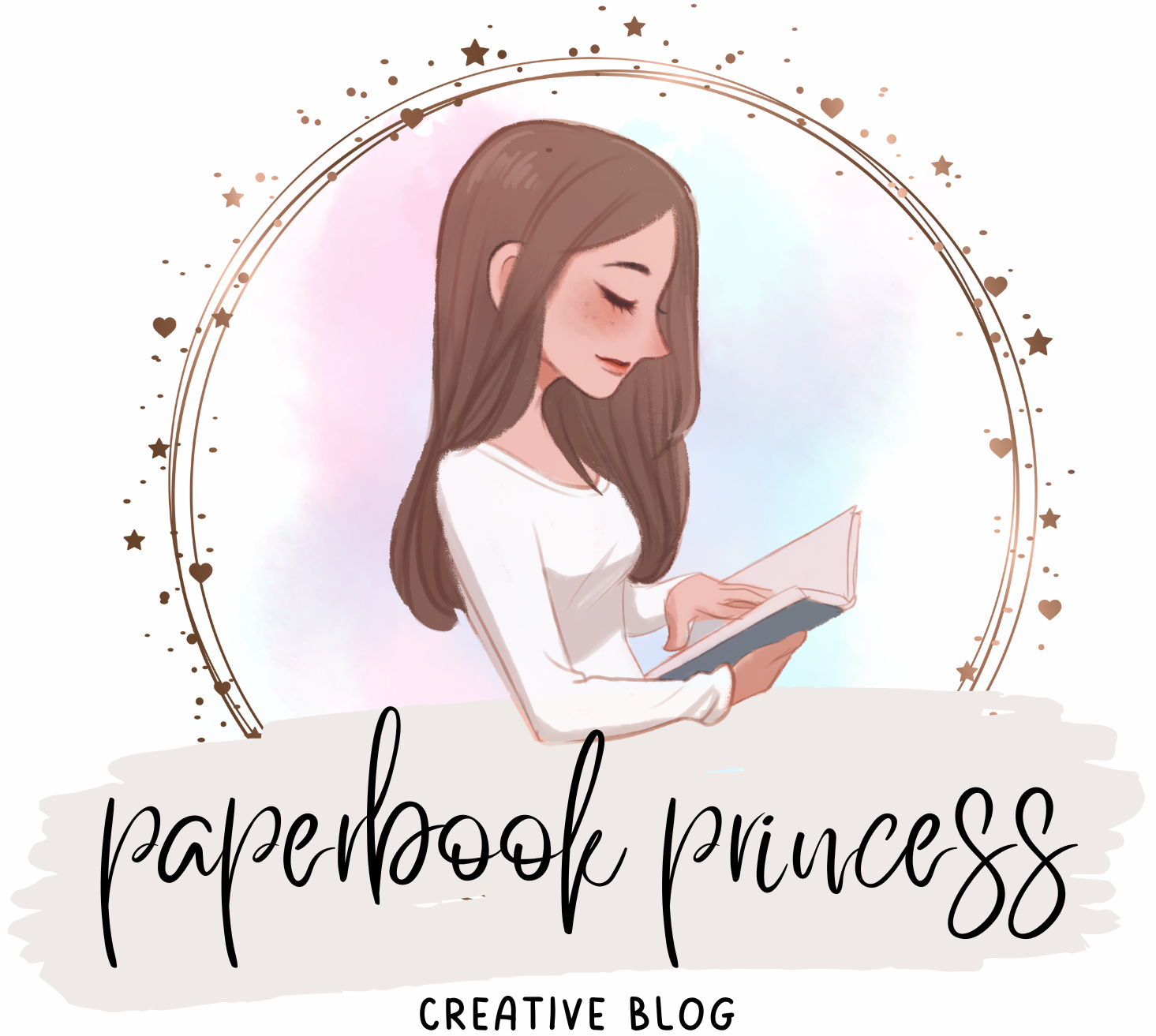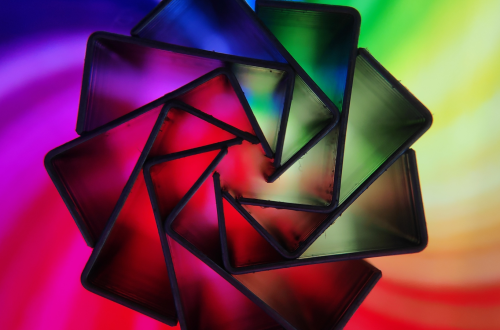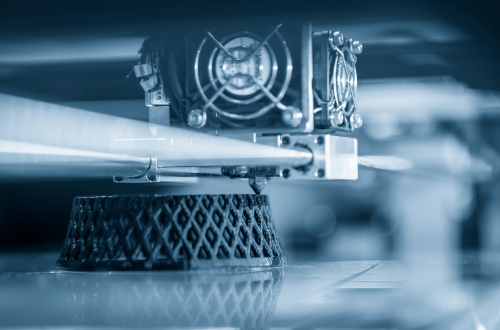
The History of Portrait Art: An Evolution Through Time
Portrait art has been a significant medium for centuries, serving as a means to capture the likeness and essence of individuals. The history of portrait art reveals a rich evolution influenced by cultural, social, and technological changes. From ancient civilizations that used portraiture to convey power and status to contemporary artists who explore identity and expression, each era offers unique insights into the human experience.
In the Renaissance, portraiture flourished with masters like Leonardo da Vinci and Raphael, who emphasized realism and psychological depth. This period marked a shift where subjects were depicted with greater individuality, reflecting their inner lives and social contexts. As time progressed, movements such as Impressionism and Modernism further transformed portrait art, challenging traditional norms and expanding the genre’s boundaries.
Exploring the diverse styles and purposes of portrait art throughout history unveils not only artistic innovations but also the evolving relationship between art and society. Understanding this history enriches appreciation for contemporary portraiture and its place in today’s artistic landscape.
Origins and Early Developments
The origins of portrait art trace back to humanity’s earliest expressions. Early representations focused on capturing likeness and identity, reflecting societal values and beliefs. This section explores the formation of portraiture from prehistoric times through antiquity and into the Middle Ages.
Prehistoric Roots
Prehistoric art includes cave paintings, such as those found in Lascaux, France. These paintings often depicted animals and human figures, serving ritualistic or storytelling purposes.
Notable Points:
- Wall Paintings: Likely aimed at invoking success in hunting.
- Statuary: Venus figurines, like the Venus of Willendorf, reflect early interest in the human form.
These early artistic expressions signify the human desire to document existence and convey identity, albeit in rudimentary forms.
Antiquity to the Middle Ages
During antiquity, cultures such as the Egyptians, Greeks, and Romans advanced portraiture significantly. Egyptian tomb art included detailed likenesses, often idealized, to help the deceased in the afterlife.
Key Developments:
- Greek Sculpture: Introduced realism, focusing on idealized beauty and anatomy.
- Roman Portraits: Emphasized individuality and age, portraying realistic features.
In the Middle Ages, portrait art shifted as religious themes dominated, focusing less on individualized likenesses. Instead, saints and biblical figures were depicted, which served spiritual purposes and conveyed moral lessons to viewers.
Renaissance to Baroque: The Rise of Realism
This period marks a significant transformation in portrait art, moving towards a more realistic representation of subjects. Artists focused on emotion, individuality, and the human experience, laying the groundwork for modern portraiture.
The Italian Renaissance
During the Italian Renaissance, artists like Leonardo da Vinci and Raphael revolutionized portrait painting. They emphasized lifelike qualities, using techniques such as chiaroscuro to create depth and dimension. Da Vinci’s “Mona Lisa” exemplifies this approach, showcasing subtle expressions and detailed backgrounds, enhancing the subject’s presence.
Raphael’s portraits often highlighted ideal beauty and harmony, effectively balancing realism with idealism. This era established a strong connection between the artist and the subject, encouraging viewers to engage with the character portrayed.
Northern European Influence
While the Italian Renaissance was pivotal, Northern European artists also contributed substantially. Figures like Jan van Eyck and Hans Holbein the Younger introduced sharp detail and intricate textures in their works. Van Eyck’s “Arnolfini Portrait” is renowned for its meticulous representation of fabrics and reflections, underscoring the importance of realism.
Holbein’s portraits of the English court showcased psychological depth and character distinction. These artists brought innovations in oil painting techniques, allowing for richer colors and greater detail, which influenced the broader European art scene.
The Baroque Era
The Baroque era pushed realism further, incorporating dramatic elements and emotional intensity. Artists like Rembrandt and Vermeer excelled in capturing light and atmosphere, adding a new complexity to portraiture. Rembrandt’s self-portraits reveal profound psychological insight, emphasizing the inner self through a mastery of light.
Vermeer, with works like “Girl with a Pearl Earring,” combined intimate realism with captivating compositions, inviting viewers into the subject’s world. The Baroque focus on movement and emotion paved the way for future portrait artists, emphasizing individuality and human experience.
Modern Portrait Art: Diversification and Evolution
Modern portrait art reflects significant transformations influenced by cultural shifts, technology, and diverse artistic expressions. The exploration of individual identity and social context is decisive in the evolution of this form.
19th-Century Transformations
The 19th century marked a pivotal shift in portrait art with movements such as Romanticism and Realism. Artists began to focus on capturing not just physical likeness but also emotional depth. This period saw the rise of iconic portraitists like Édouard Manet and Gustave Courbet, who emphasized light, color, and the individual’s inner experience.
Furthermore, the introduction of new materials, such as oil paints and canvas, enabled artists to experiment with styles and techniques. Portraits began to show more diverse subjects, moving beyond the aristocracy to include everyday people. As a result, these changes expanded the definition and purpose of portraiture.
Photography and Portrait Art
The invention of photography in the 19th century revolutionized portrait art. Photographers like Julia Margaret Cameron and Nadar captured intimate moments and expressions that traditional paintings could not. The accuracy and immediacy of photographs challenged painters to rethink their role.
Photography democratized portraiture, making it accessible to a broader audience. Middle- and lower-class individuals could now have their likenesses captured, which previously was a privilege of the wealthy. The interplay between photography and painting led to new styles in portrait art, including Impressionistic techniques that sought to emulate the spontaneity of photographs.
20th Century and Beyond
The 20th century witnessed a further diversification of portrait art through movements such as Surrealism, Cubism, and Pop Art. Artists like Pablo Picasso and Andy Warhol explored alternative representations of identity and culture, utilizing unconventional materials and methods.
With the rise of digital technology in the late 20th and early 21st centuries, new forms of portraiture emerged, including digital painting and virtual reality. Artists now experiment with multimedia, expanding the boundaries of traditional portrait art. This continual evolution highlights the ongoing dialogue between artist, subject, and society, reflecting contemporary values and issues.
Techniques and Media
Portrait art has evolved significantly over time through various techniques and media. Traditional practices laid the groundwork for innovations that would expand the artist’s toolkit. The following sections explore the foundational methodologies and recent developments in materials and methods.
Traditional Techniques
Traditional portrait techniques largely utilized oil painting, frescoes, and charcoal. Oil paint became popular during the Renaissance due to its flexibility and rich color depth, allowing artists to achieve intricate details and realistic textures.
Fresco, a method involving water-based pigments on freshly applied plaster, offered durability and vibrancy in colors. Charcoal, on the other hand, provided artists with a quick and versatile medium for sketches and studies, emphasizing light and shadow.
Other techniques included tempera, which used egg yolk as a binder, and pastels, valued for their immediacy and vibrant hues. Each of these methods significantly contributed to the development of portrait art’s stylistic richness.
Innovations in Materials and Methods
In the 19th and 20th centuries, new materials revolutionized portraiture. The introduction of acrylic paints allowed for rapid drying times and versatility. Artists could layer colors without extensive wait times, enhancing their ability to experiment.
Photographic techniques also altered how portraits were created. Early photography served as both a reference tool and an art form, influencing styles and practices in painting. Digital media has further expanded possibilities, enabling artists to create dynamic, visually engaging portraits.
Additionally, mixed media approaches emerged, combining traditional and contemporary methods. This fusion allows artists to explore textures and dimensions previously unattainable, thus broadening the horizons of portrait art.





